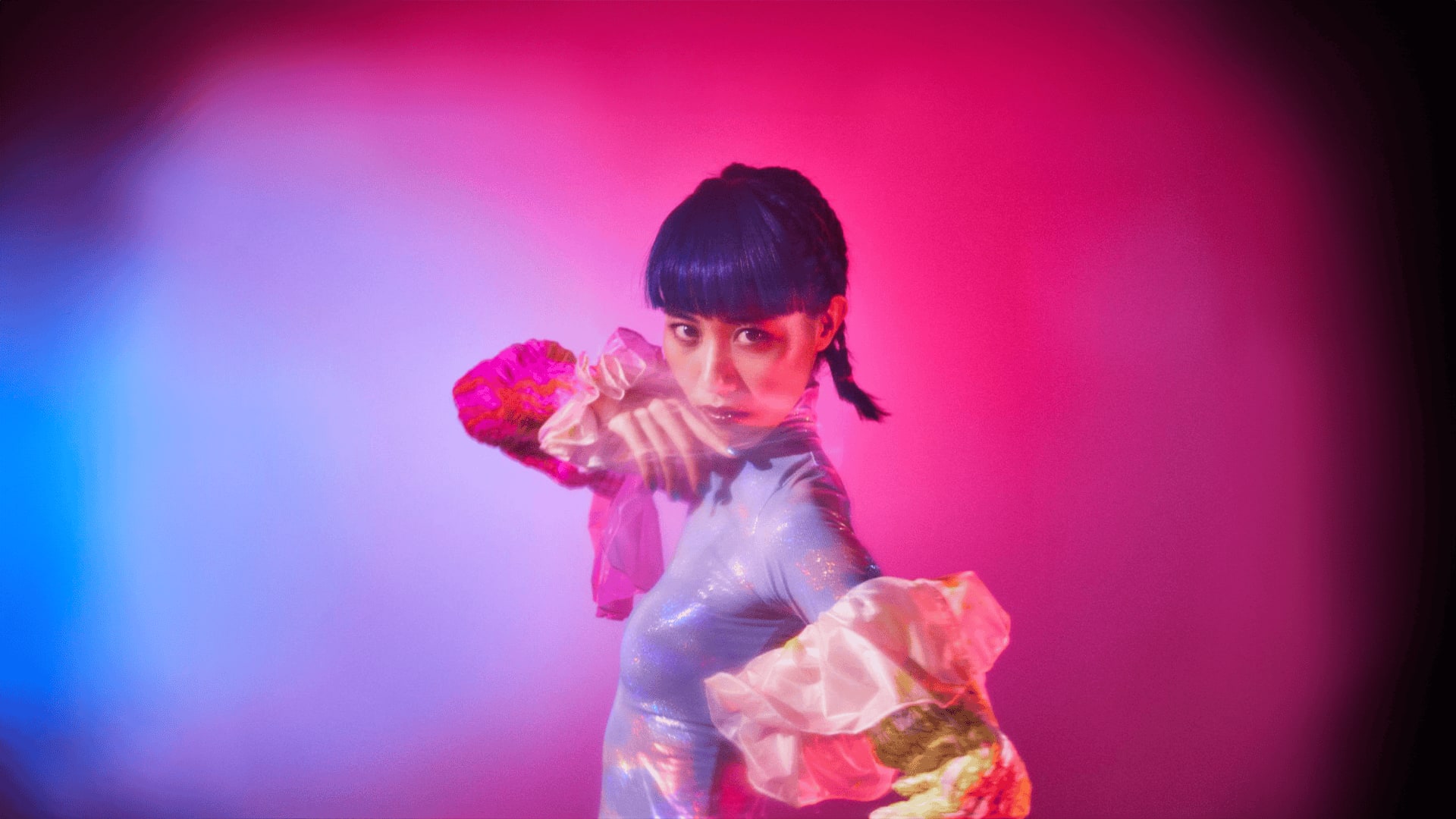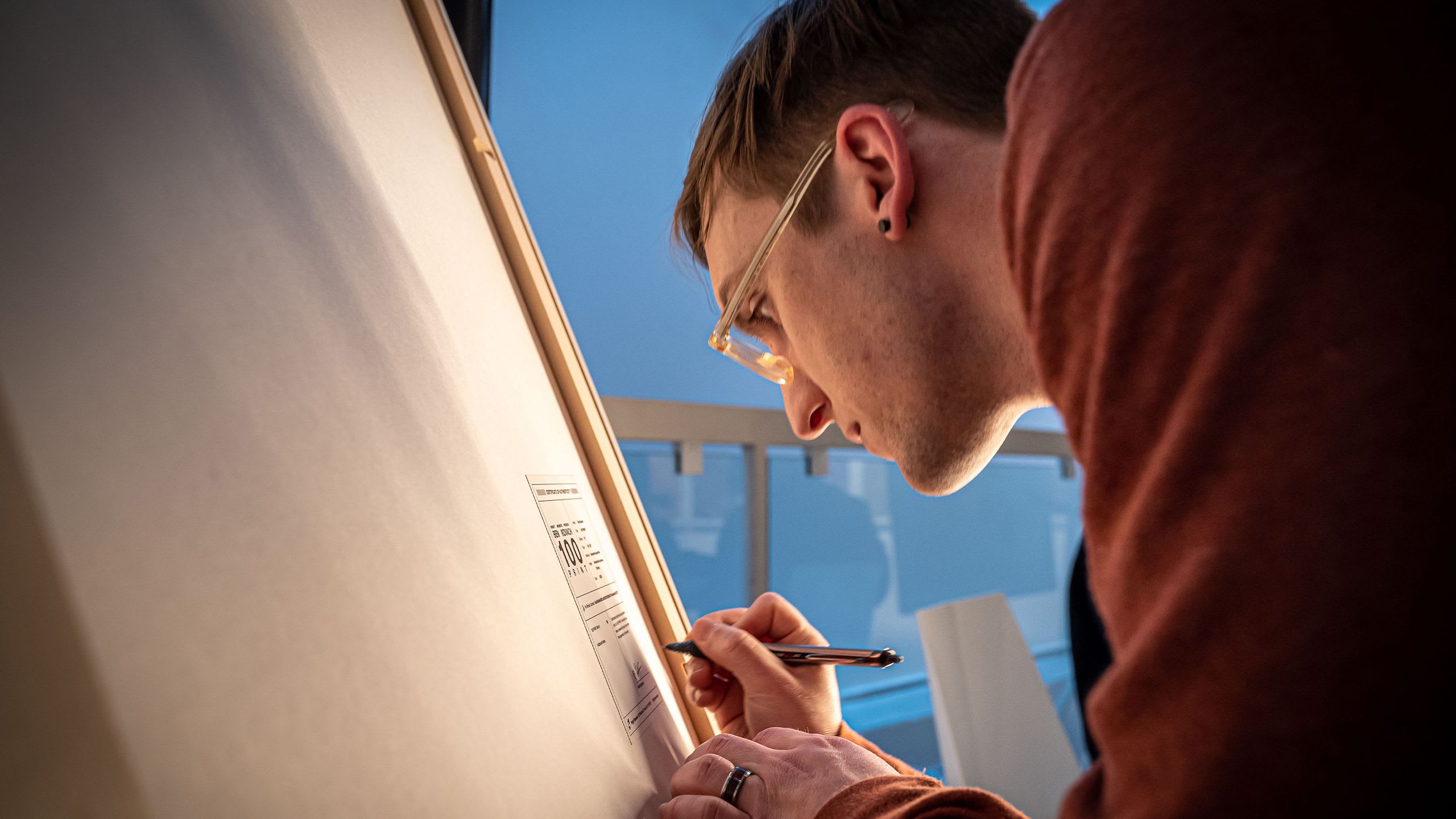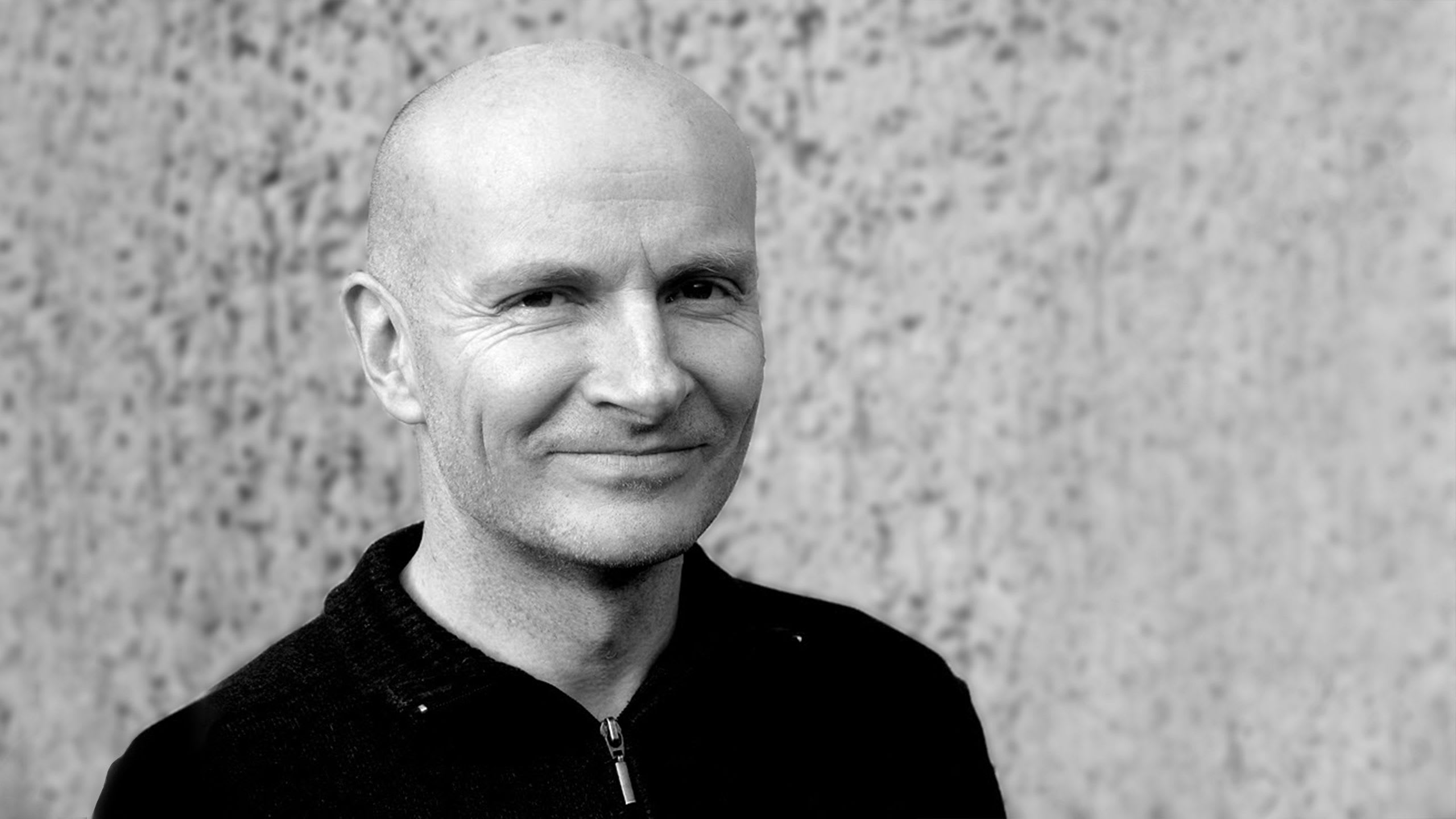Steve Pikelny is a Brooklyn-based artist and software engineer who creates generative art, strange websites, interactive fiction, photography, and smart contract art. Pikelny's academic background in economics from Bard College informs his creative practice, contributing to his exploration of socio-financial systems, scams, get-rich-quick pyramid schemes, media manipulation, and distorted realities. Outside of his art, Pikelny is a serial entrepreneur, founding well-known companies such as FastCashMoneyPlus.biz, RonaMerch.co, Friendworld.social, and FakeBullshit.news—all of which he continues to serve as the acting CEO, CTO, COO, and CFO. Additionally, he is an accomplished children’s book author and the maintainer of the largest Jesus pamphlet collection in North America.
Jordan Kantor: Hi Steve. Great to speak with you again. I’m really excited to talk to you about your upcoming project, Dopamine Machines. While this is your first Curated release, it is your sixth (!) on Art Blocks, following Pointers, Maps of Nothing, Fake Internet Money, I Saw It in a Dream, and CryptoGodKing. You are really prolific.
Steve Pikelny: I’m excited to have this interview! I’ve been publishing fake interviews with myself for a lot of those previous projects, which were largely inspired by the interviews that Art Blocks did with artists. So it’s cool to bring things full circle with a real interview.
JK: Full circle, indeed. Let’s get right to the project at hand. Please tell us a bit about Dopamine Machines.
SP: Sure! I think on a high level this project reflects how I feel about interacting with the current media landscape. Everything is vying for our attention. People are increasingly spending their time gambling on meme stocks and shitcoins. Every other basketball game commercial is about sports gambling—the rest are still shilling cars, beer, and fast food. Social media platforms are literally designed like slot machines to keep us addicted through notifications and engagement metrics.

And while I think art can be a powerful way to combat a culture of shallow, instant gratification, NFTs clearly aren’t doing an amazing job. Even looking past the rampant speculation, a lot of people just treat the Art Blocks-style minting mechanism as a slot machine where the potential to mint a Grail gives them this rush of excitement.
So, it all just feels like this gigantic, overwhelming, hedonic treadmill where nothing means anything and everything sucks. And as technology gets more advanced, this all gets worse and worse—so why not just cut to the chase? The logical conclusion to it all feels like it’s to just sell people a dopamine machine.

So that’s what this collection is all about! I tried to build something that’s overwhelmingly, annoyingly dopamine-inducing, to the point where a lot of people have a really unpleasant experience interacting with it. And even though it’s largely a critical project, I think it actually succeeds to some extent in providing a dopamine hit. There are plenty of test outputs where I’ve completely lost myself by staring at the bright, animating colors and playing with the sounds.

JK: There is a remarkable intensity to your strategy of going self-consciously straight for the dopamine pathway, which I think is front and center in these outputs. Tell us what to look out for in Dopamine Machines as it is revealed.
SP: First and foremost, I’d like collectors to remember that these are intended to be fully functioning, interactive, standalone websites. So, I encourage them to view the piece full screen outside of an iframe—and to view it at different sizes and screen resolutions! This is a responsive project, so as with any other website it will adapt to your screen, device, and browser. In fact, the viewer can press “D” for any of the outputs to download the full HTML of the piece, which they can then host as a standalone website.
But at the end of the day these are NFTs, and the primary mode of experiencing an NFT is embedded inside of a marketplace where you can browse based on features. So with that in mind, I think collectors will have fun browsing the leviathan of a feature list I put together. By my last count there are 393 features. I also think there are a lot of times where paying attention to the “_Sample” might give an indication as to where my head was at when choosing to include a phrase or emoji.

Jordan Kantor: I am sure folks will have a lot to explore with all those features. Let’s step back a bit. Can you tell us a bit about your creative history? How did you first get into making art?
SP: Through high school and college I dabbled with film making, creative writing, music, and drawing, but nothing really stuck, so I decided to sell out and go into finance. But after a few years of doing that I got sick of it and learned to code. Pretty soon after that I realized that coding was an amazing creative outlet, so it quickly became my biggest hobby. I started by making small, web-based audio visual pieces, and that evolved into creating a network of more narrative-based websites. A lot of the visual and narrative themes I explore in Dopamine Machines started there. In particular, I’m thinking of the attention-grabbing style of FastCashMoneyPlus.biz and RonaMerch.co. Both of those projects also leaned very heavily on CSS animations. In a lot of ways, this project is the apogee of that earlier style I developed.
JK: Was FastCashMoneyPlus.biz your entry point into using the blockchain as an artistic medium?
SP: Pretty much. I’d been paying attention to blockchain technology on and off since 2010, so it’s something that had been in the back of my mind. But when Ethereum started pumping in 2017 along with the Initial Coin Offerings (ICO) craze, I thought that building my own stupid ICO would be a fun excuse to learn Solidity development. I sort of lost interest in the public blockchain space for a couple years after that, but once I saw a cool art scene developing in late 2020, I decided to give it another shot.
JK: So tell us a bit about coming back. How did you first get into generative art?
SP: I’d been vaguely familiar with generative art before Art Blocks, but it wasn’t until I saw it in action on the blockchain that it really clicked with me. At that point a lot of my work was very tangential to generative art—I even toyed with the idea of making purely generative websites at various points, but wasn’t able to make it work. So once I decided to give it a shot in earnest it felt like a pretty natural transition.

JK: To those who appraise works on purely visual terms, the Dopamine Machines output may look very different from your previous five Art Blocks projects. Can you tease out some of the conceptual connections? Would you say that there is a throughline you have developed across these projects, and if so, how would you describe it?
SP: Yes and no. I think from a visual standpoint, as you point out, Dopamine Machines is a bit of a departure from my other generative work. Most of those projects are static, play with skeuomorphism, and fit a bit more closely within a traditional generative art aesthetic. But there are still some common themes if you look closely enough. I tend to go for highly saturated color palettes. A lot of projects have broken, or “misprint,” features hidden in them. I think they generally share a somewhat similar narrative tone. Some of them also use a legal disclaimer in the project description.
In terms of specific projects, I think Instructions for Defacement, which I released with Plottables last year, probably has the most visual overlap. It leans very heavily on text and iconography, so there’s a pretty strong thematic link there.

And even though Pointers does not look anything like Dopamine Machines, I think it makes for a good companion piece in a lot of ways. Both projects are fundamentally about hijacking the viewer’s attention, but one does so in a very minimalist way while the other does so in a very maximalist way.

JK: That’s really interesting. I hadn’t regarded Pointers as particularly aggressive before, but seeing it through the lens of “hijacking attention” gives it new meanings. Thank you for sharing that intention. Is there anything else you’d like to direct folks to that would help viewers approach and appreciate your work?
SP: Outland did a really flattering feature on me earlier this year, which I think does a really good job of summarizing my work.
JK: Thanks for that link. As we close, are there any recent accomplishments you’d like to share?
SP: I recently wrote and commissioned the illustration of a children’s book, which went viral on Twitter and drew me some death threats. So that feels like an accomplishment I guess!
JK: Wow. Stay safe out there. Thanks so much for taking the time to walk us through this project, Steve. For those who want to follow your work in real time, what is the best way to do so?
SP: Either my website steviep.xyz or @steviepxyz on Twitter!



